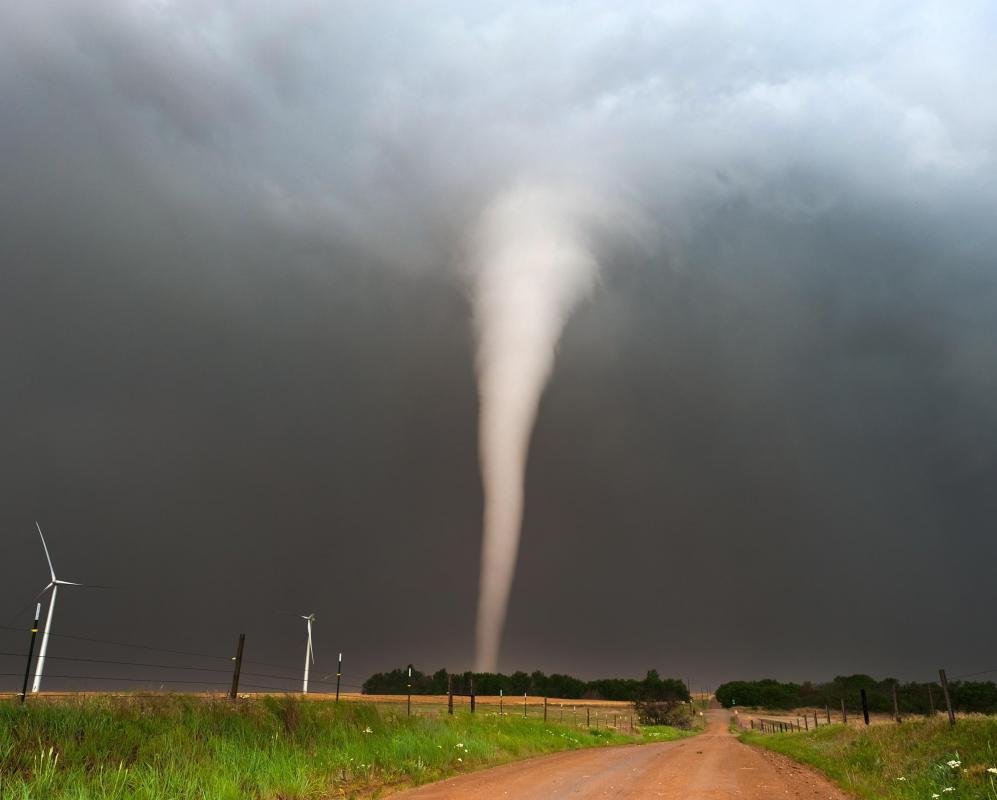What is a Severe Thunderstorm Warning?
Severe weather forecasting comes with a lingo all its own, and those who live in areas prone to severe weather know the language. Others may not. In order to understand what a severe thunderstorm warning is, it is helpful to know what a severe thunderstorm is. A severe thunderstorm is defined by the National Weather Service as having wind speeds of over 57 mph (98 km) and/or producing quarter-inch (.63 cm) size hail. These thunderstorms are usually part of a line of severe weather, and may be individual "supercells" or a long line of storms.
A severe thunderstorm warning means that a severe thunderstorm is moving into a particular area. It is defined as severe via radar detection. The local National Weather Service office issues a severe thunderstorm warning by county. They also issue advisories on the storm's intensity and movement.

Why issue a thunderstorm warning? Severe thunderstorms can produce many dangerous weather conditions. They are often associated with strong winds, their always-attendant cloud-to-ground lightning and hail. An ordinary thunderstorm may exhibit one or all of these characteristics, but at a much lower intensity. The public needs to be advised in order to take safety precautions, and a thunderstorm warning is broadcast on most media outlets.

The other reason to issue a severe thunderstorm warning is because severe thunderstorms can produce tornadoes with little or no advance warning. Most of the time, a meteorologist can detect circulation or rotation in a storm via radar, and based on the readings, can surmise whether a storm is likely to produce a tornado. However, thunderstorms being what they are, they can fool even a seasoned forecaster, and can put down a funnel cloud at a moment's notice. This is why trained spotters are always activated when severe weather is forecast. They serve as the National Weather Service's outside eyes and ears.

Pay attention when a severe thunderstorm warning is issued. Bring pets in and stay away from windows. Park the car in the carport or garage, since hail can damage an automobile. Most importantly, monitor the weather situation by watching television, listening to the radio, turning on a NOAA weather radio or accessing the Internet.
AS FEATURED ON:
AS FEATURED ON:














Discuss this Article
Post your comments